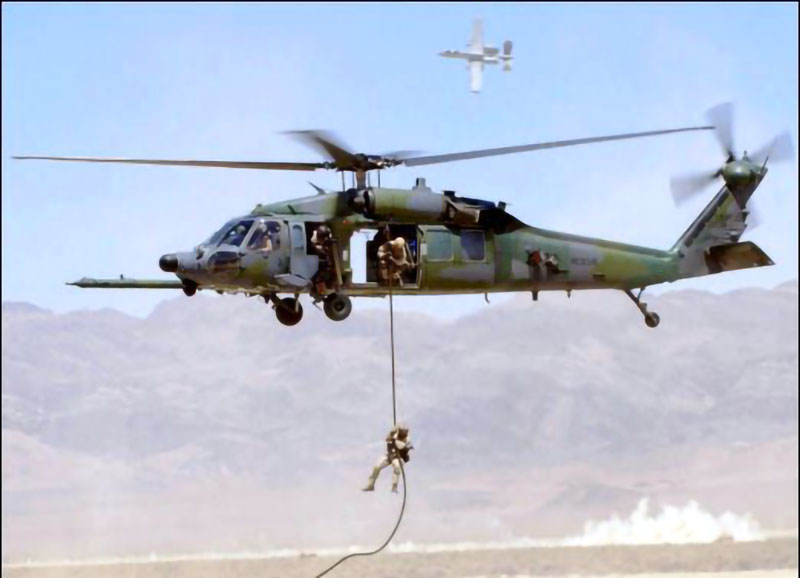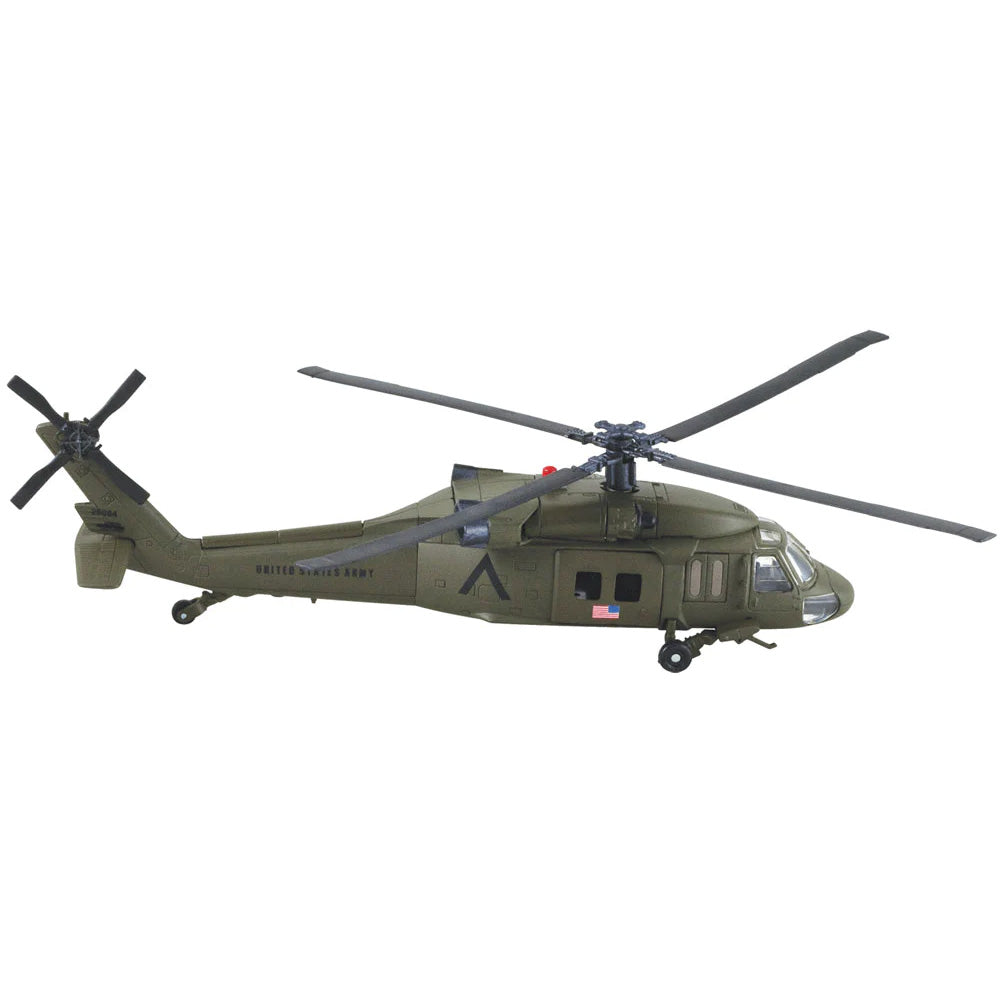How the UH 60 Revolutionized Tactical Air Mobility and Combat Support
How the UH 60 Revolutionized Tactical Air Mobility and Combat Support
Blog Article
Exploring the Background and Evolution of the UH 60 Helicopter

Beginnings of the UH-60
The origins of the UH-60 helicopter can be traced back to the late 1960s, a duration marked by the demand for a functional utility aircraft that can adapt to the advancing needs of contemporary warfare. The united state Army identified the requirement for a substitute for the older UH-1 Iroquois, which was ending up being increasingly poor for the complexities of contemporary fight circumstances. In 1967, the Army initiated the Utility Tactical Transportation Aircraft System (UTTAS) program, which looked for to establish a multi-role helicopter efficient in different objectives, consisting of army transport, clinical evacuation, and logistical assistance.
The UH-60 Black Hawk was presented, showcasing innovative layout components and progressed innovation that established it apart from its precursors. The UH-60 rapidly obtained acknowledgment for its robust performance, dependability, and adaptability, paving the method for its extensive use in armed forces operations and solidifying its status as a keystone of United state Army aviation.
Trick Design Attributes
Innovative layout functions of the UH-60 Black Hawk substantially add to its functional effectiveness. Among one of the most significant aspects is its twin-engine setup, which enhances dependability and provides a greater power-to-weight ratio, enabling the helicopter to carry out under various conditions. The aircraft's four-blade primary blades system provides enhanced lift and maneuverability, essential for tactical goals.

Additionally, the cabin is designed for optimal presence and comfort designs, including innovative avionics that simplify pilot procedures. The modular design of the UH-60 enables very easy upkeep and adaptability, making it suitable for various goal profiles, from army transportation to medevac procedures. These essential design features ensure that the UH-60 Black Hawk stays a versatile and reputable asset in army aviation, qualified of fulfilling the demands of contemporary warfare.
Technological Advancements
Current technological developments in the UH-60 Black Hawk have actually substantially enhanced its functional abilities and versatility. The combination of sophisticated avionics, such as electronic flight control systems and improved situational awareness screens, allows pilots to operate with raised precision and effectiveness. These systems assist in enhanced navigating, interaction, and information sharing, enabling the helicopter to function properly in varied atmospheres.
In addition, the introduction of composite materials has actually minimized the total weight of the aircraft while maintaining architectural integrity. This decrease improves fuel performance and prolongs operational range. The incorporation of sophisticated rotor technology, consisting of using four-blade, completely verbalized rotor systems, has enhanced lift performance and maneuverability, permitting for much better handling in numerous flight conditions.

Moreover, advancements in propulsion systems, such as the T700-GE-701D engines, have enhanced power result and integrity - uh 60. These engines add to superior efficiency in hot-weather and high-altitude conditions
Finally, the combination of self-defense systems and boosted sensing unit plans improves the Black Hawk's survivability and mission performance. Collectively, these technical improvements make sure that the UH-60 Black Hawk stays an essential property in modern-day aeronautics, with the ability of adapting to the progressing demands of humanitarian and army goals.
Duty in Military Operations
As the backbone of U.S. Army aeronautics, the UH-60 helicopter plays a critical duty in numerous military procedures, working as a flexible platform for combat assistance, transport, and medevac goals - uh 60. Its design integrates the ability to operate in diverse settings, making it crucial for army activity and logistical assistance in both unique and conventional warfare

In medical emptying situations, the UH-60 has proven very useful, dramatically minimizing the time to deliver damaged soldiers from the battlefield to clinical facilities. Its sophisticated avionics and night vision abilities additionally guarantee goal success under tough conditions. On the whole, the UH-60 helicopter continues to be a vital asset, continuously adjusting to fulfill the developing needs of army procedures and enhancing her comment is here the efficiency of united state pressures worldwide.
Future of the UH-60
Looking in advance, the future of the UH-60 helicopter includes significant innovations in technology and capabilities designed to improve its functional performance. As army procedures progress, the UH-60 is expected to integrate advanced innovations, including enhanced avionics, boosted weapons systems, and advanced communication devices. These improvements will permit greater situational awareness and mission adaptability, guaranteeing that the UH-60 stays a crucial property on the battlefield.
One noteworthy advancement is the integration of fly-by-wire systems, which will certainly improve trip control accuracy and lower pilot work. Efforts to upgrade the airframe and engines aim to increase rate, variety, and haul ability, thereby expanding the helicopter's operational range.
The future also holds guarantee for boosted interoperability with unmanned aerial systems (UAS), allowing coordinated missions that utilize both manned and unmanned capacities. In addition, the consolidation of expert system and artificial intelligence could enhance flight dynamics and upkeep processes, causing reduced functional expenses.
Conclusion
The UH-60 Black Hawk helicopter stands for a considerable achievement in army air travel, developing from the united state Military's initial needs for a versatile energy airplane. Its ingenious design features and constant technical improvements have ensured its relevance in different army procedures over the years. As the needs of contemporary war adjustment, the future of the UH-60 will likely include additional improvements and adaptations, reinforcing its status as an important property you can look here for armed pressures worldwide.
The UH-60 Black Hawk helicopter stands for a significant landmark in armed forces aviation, emerging from the U.S. Military's mission for a much more flexible and dependable energy airplane in the late 20th century.The origins of the UH-60 helicopter can be traced back to the late 1960s, a duration marked by the need for a versatile utility airplane that might adjust to the advancing needs of modern-day warfare. Overall, the UH-60 helicopter remains an essential asset, continually adapting to satisfy the developing demands of armed forces procedures and boosting the effectiveness of United state pressures worldwide.
Looking ahead, the future of the UH-60 helicopter includes significant innovations in innovation and capacities made to improve its functional performance.The UH-60 Black Hawk helicopter stands for a substantial success in armed forces aeronautics, developing from the U.S. Army's initial demands for a flexible utility aircraft.
Report this page